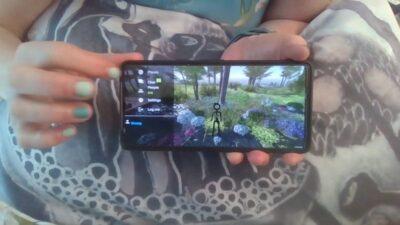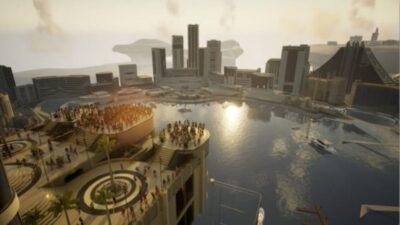Wolf Grid is an OpenSim World With AI Integration and Other Innovations

Seems this virtual world is only 3 years old, but it already has a landmass larger than Second Life’s. The reason could also be that land is cheaper than Second Life and there is the assistance of AI for generating the landscapes versus Second Life which is more manually done. Its land parcels are also a lot larger, so there is a lot more to explore in each area you end up in.
At first glance it really looks very similar and in fact you can use the same viewer. Just note, you cannot use the dedicated Second Life viewer for Phoenix Firestorm, you need to use the OpenSim version.
I’d certainly say though that Second Life’s destination guide is way more complete and interesting. Yet when I found Hobbiton I must say it was perfectly beautiful to be in. The Avatars are dressed in mesh objects so have lots of detail and movement.
The speech-to-text (and vice versa) technology isn’t simply intended as cool tech, but to benefit the entire user community: “I have autism,” Lone explains, “and I find it easier to communicate in a virtual world than real because there are no facial expressions to get wrong. We have quite a few autistic people here, and one of the goals of this grid is to be as inclusive as possible. So that’s why we built the voice recognition and text to speech.”
They are already profitable (from only 95 landowners) so this at least means they should be around for a while. They make their money from “renting out the land” and from merchants who sell goods.
See nwn.blogs.com/nwn/2024/05/wolf…
#Blog, #autism, #gaming, #technology, #virtualworlds




